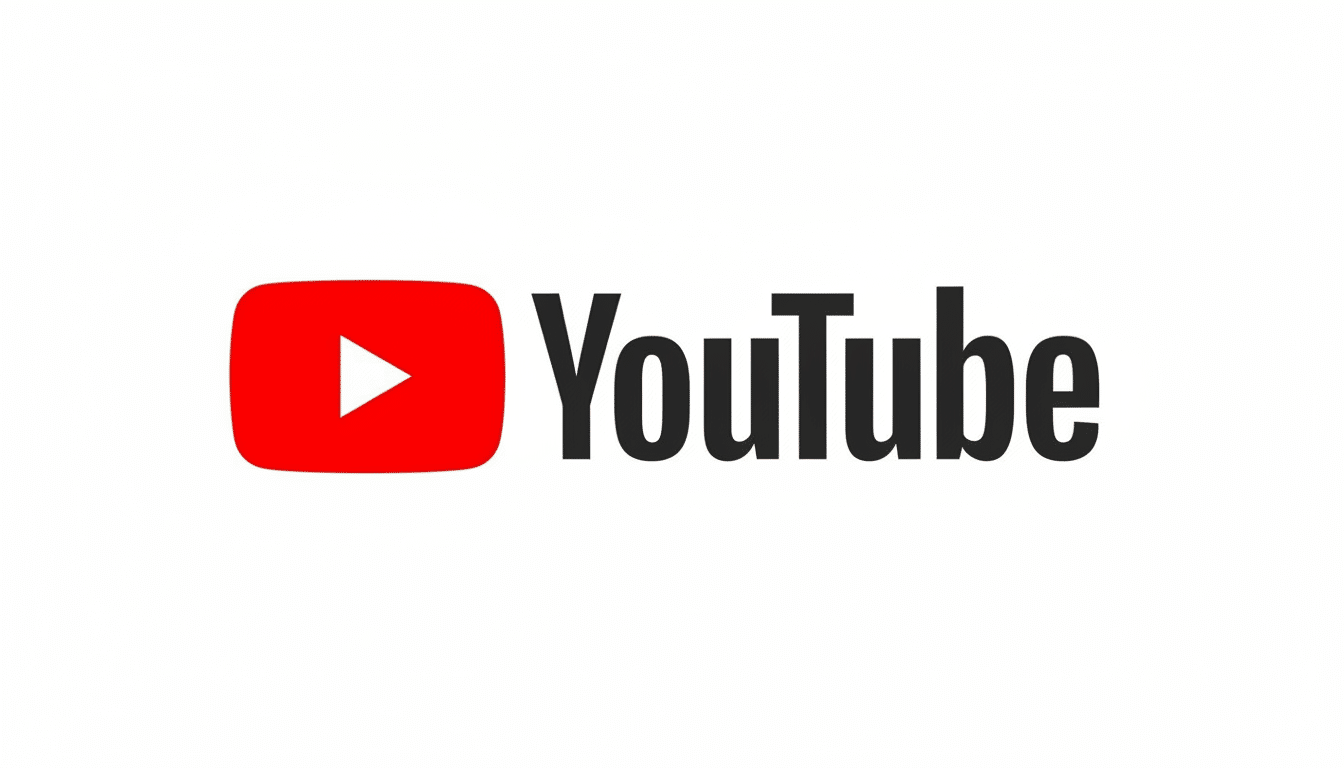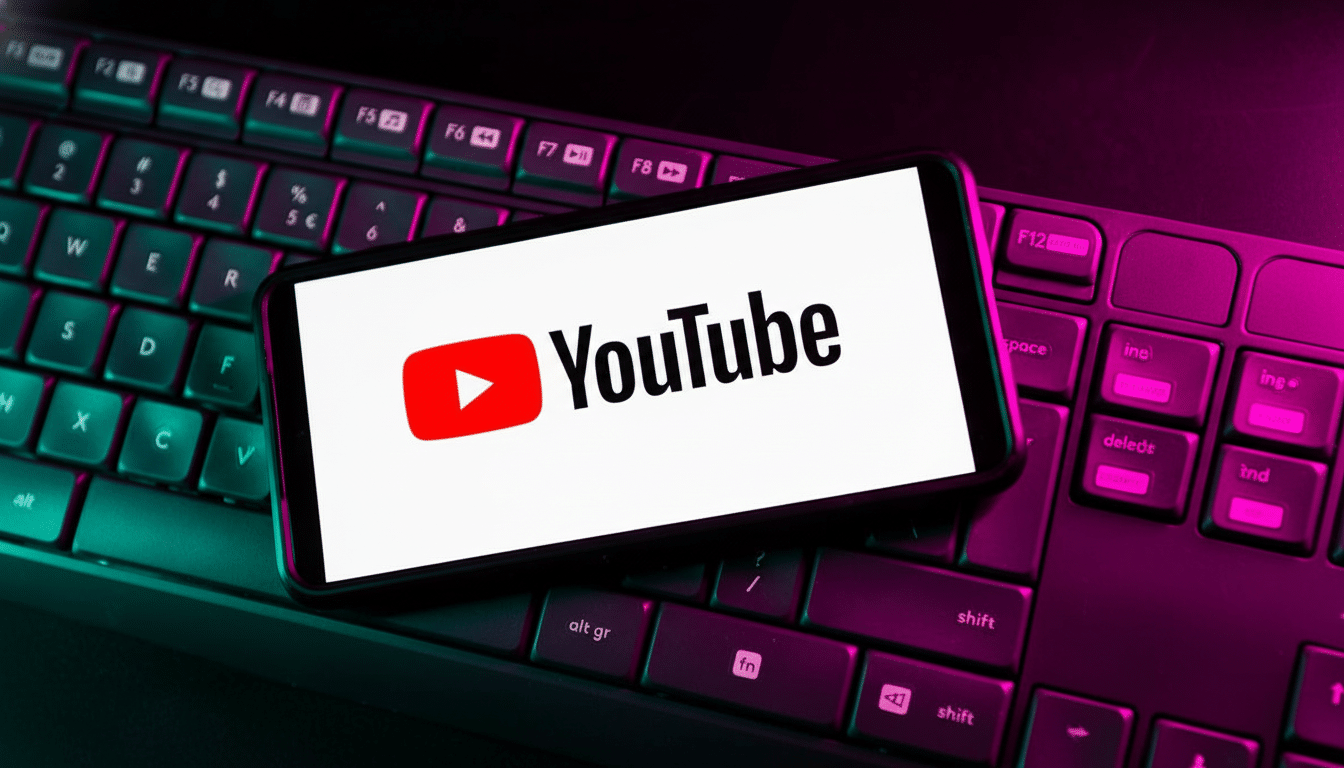YouTube is launching a pilot that allows creators with channels that have been terminated because of policy violations to appeal the decision and rejoin YouTube. The move is a recalibration of enforcement after years of broader content policies, and it represents a significant departure in how the company deals with edge cases and past violations.
What YouTube Is Changing in Its Termination Appeal Pilot
Creators who are eligible can apply to start another channel after the cooling-off period, according to terms of the pilot. Reviewers at YouTube will take into account the level of severity and longevity of any past violations, and whether a creator’s behavior on or off the platform has harmed its community or could continue to do so. Safety — anything related to kids or otherwise — continues to be a red line.

The effort is not bringing back old accounts. Approved creators would start at zero, with no remnant subscribers, no historical uploads and no automatic restoration of monetization. They are eligible to apply to the YouTube Partner Program once they satisfy normal requirements, so that now, like all new creators, there is a gate that stands between them and immediate visibility.
Appeals of terminations still remain, but this pilot offers another on-ramp for creators who agree with the original decision and want to start fresh after a prescribed waiting time.
Who Qualifies and Who Doesn’t Under YouTube’s Return Pilot
YouTube says that the door is particularly open to channels taken down for repeated breaches of COVID-19 or election integrity rules that have been lifted. That nuance is important: the company is conceding that some policies were time-bound — connected to fast-shifting public health advice and extraordinary civic moments — rather than long-term bans tied to now-retired rules.
There are clear exclusions. Copyright-infringing creators who have been sacked are also not covered by the measures while it is being trialed. The company also cites “particularly severe” behavior and continued risk to the public as disqualifiers — themes that often entail videos with child endangerment, violent extremism or organized scams.
They can apply for a new channel one year after the ban expires. That’s also a timeline that is meant to drive down the risk of recidivism and put space between sanction and their re-entry if it ends up being a necessity.
Policy and Political Backdrop Driving YouTube’s Shift
The change comes at a time of increased scrutiny in restraining what appears on platforms. At congressional hearings, large platforms have faced questions about whether the government played a role in content removals, particularly related to pandemic claims and election misinformation. In correspondence cited by lawmakers, YouTube’s parent company has pointed to a broader commitment to free expression even as it retains some guardrails for safety.
Platforms put in place sweeping rules to prohibit harmful falsehoods and incitement during the pandemic and its chaotic aftermath, some of the most aggressive measures they have taken while de-emphasizing core speech moderation. YouTube banned false claims that vaccines cause conditions that aren’t supported by evidence and cracked down on content that could incite real-world violence. Many of those policies have been narrowed or retired since, as the information environment and guidance from officials shifted, resulting in a backlog of creators shut out under older regimes.

Internationally, the regulatory landscape is still confusing. The European Union’s Digital Services Act calls for risk assessments and mitigation measures for systemic harms, while in the United States discussion has often been about avoiding government overreach as well as platform overcorrection. The pilot attempts to thread that needle: leaving some breathing room for law-abiding speech while keeping out actors who endanger safety or trust.
Safety, Ads, and Community Impact of YouTube’s Pilot
YouTube’s Transparency Report consistently lists millions of videos taken down per quarter, and substantial channel terminations — usually for spam or scams. A controlled second-chance dynamic might help to differentiate one-time or time-limited policy offenders from high-risk abusers, but without giving up the option to eject repeat violators.
For advertisers, the stipulation that returning creators must start from scratch building an audience and requalify for monetization may allay brand safety concerns. The ads will only be displayed after a channel qualifies and is found to comply with all of its advertiser policies, in which case the channels need not necessarily have a track record at YouTube of any kind. That layered approach — screening for eligibility, policy compliance and ad suitability — decreases the chance that controversial content immediately cashes in on premium ad demand.
It might be subtle at first for viewers. Rebooting from scratch checks instant amplification, and YouTube’s recommendation systems already take into account quality signals like viewer satisfaction and policy compliance. If the pilot turns up bad actors, enforcement tools are still available; if it turns up rehabilitated creators, the platform ends up with more diverse but better-behaved voices.
What Creators Should Expect From YouTube’s Return Path
For creators who are considering the pilot, they should be ready to lay out a compliance plan that is clear: document how content strategy has evolved, take responsibility for past violations and demonstrate actions that can prevent new problems from arising. Channels that rejoin the Partner Program must meet watch-hour or Shorts view requirements and clear brand safety checks, so there’s some incentive to stick with a sustainable format and remain consistent on policies.
The pilot will only succeed if it is subject to clear criteria and regular evaluation. Independent researchers and digital rights groups will be looking carefully for viewpoint neutrality; child safety and civil society organizations will watch for harms. If YouTube can show that most returns are still compliant — and that high-risk applicants are being weeded out — the program could become a permanent feature of its enforcement toolkit.
Bottom line: YouTube is testing a more measured path back for some banned creators, demonstrating how policy changes and rehabilitation may be compatible with safety. It is not amnesty and it is not sudden. It is a chance the recipient can only trust to have earned once again.

